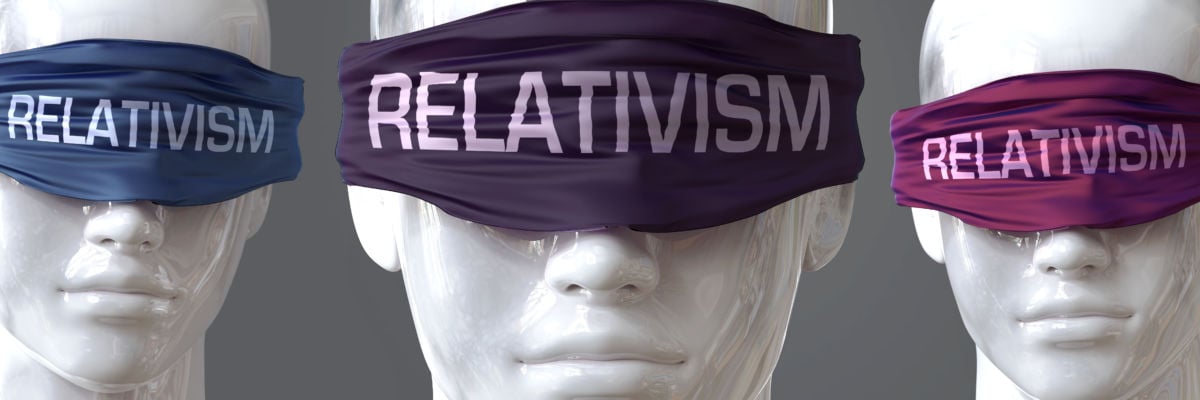
Karlo Broussard traces the roots of relativism through the history of philosophy, from the ancient pre-Socratic philosophers to Immanuel Kant in the 18th century to its final rendition today.
Transcript:
Host: We go to Bernadine in Las Vegas, Nevada, listening on Immaculate Heart Radio. Bernadine, what’s your question for Karlo?
Caller: Hi guys. My question is, when did this all come about? I mean, was it in the time of Socrates? When did this all start?
Karlo: Yeah, well, actually you find elements of the idea of relativism in the pre-Socratic philosophers; such as Heraclitus, who is a pre-Socratic philosopher, died around 475 BC. And he taught that, basically, because cultures differ in their beliefs and their opinions, that there is no absolute truth because of all of these different beliefs, which is a common argument that’s put forth by relativists even today. And even Protagoras, another pre-Socratic philosopher who died about 412 BC, he taught that man is the measure of all things, right? And that the measure of reality and what is real is an individual’s opinion.
So we see relativism dating all the way back to the pre-Socratic philosophers; and basically, the ancient philosophers such as Plato and Aristotle are responding to these pre-Socratic philosophers in order to show the objectivity of reality, that there is objective truth. Plato would talk about the forms, which he taught exist in a third realm, these universals that are objectively true and everything else is measured against those forms. Aristotle would teach a different view of the forms—forms do exist, but Aristotle would teach that the forms exist in the things themselves, as well as in the intellect once we abstract the form, as we come to know things. He denied Plato’s idea of the forms existing in a third realm.
Now Thomas Aquinas, in the medieval times, in the middle ages, you know, 13th century, Thomas Aquinas would follow suit from Aristotle and teach that forms do exist in the things themselves, and in the mind as we abstract the form as we come to know it—when I talk about “form,” I’m talking about, like, “dogness,” right? I see Fido, hey, that’s a dog. “Dogness,” the essence of a dog, exists in that dog, Fido, but it also exists in my mind, so that I can go and look at Cujo, or Feed Jake, right? Remember the country song “Feed Jake?” Anyway—
Host: No, you’re way out, way out in the weeds now.
Karlo: That’s right, I know, man. But—in order to apply that form to another dog. Now Thomas Aquinas would say that these forms ultimately exist in God’s divine intellect; the “archetypes,” right, by which everything is measured.
Now in modern times, Bernadine, we see it arising in Immanuel Kant, a German philosopher, and let us see if I can get this right…uuuhhhh, have to check on that. And what he taught was what he called, Bernadine, these “Categories of Understanding.” Now, bottom line is, Bernadine, he taught, rather than the mind conforming to reality, the mind—reality actually conforms to the mind. We actually structure our sensuous perceptions—things that we perceive through our senses—and we actually construct the Real.
Now he didn’t believe—he wasn’t a relativist in the sense that we determine reality, because he believed these “Categories of Understanding,” this power of the mind to take what we experience and make it into what is real, belonged to all human beings. But fundamentally, what he taught was the essence of relativism: the mind doesn’t conform to reality, but reality conforms to the mind. And that’s what we find in modernity, in modern-day relativism, that we have to ultimately critique and say it’s self-defeating, and show the logical absurdities and how it ultimately leads to the undermining of society and civilization itself.
Does that help you, Bernadine?
Caller: Tremendously, thank you so much.



